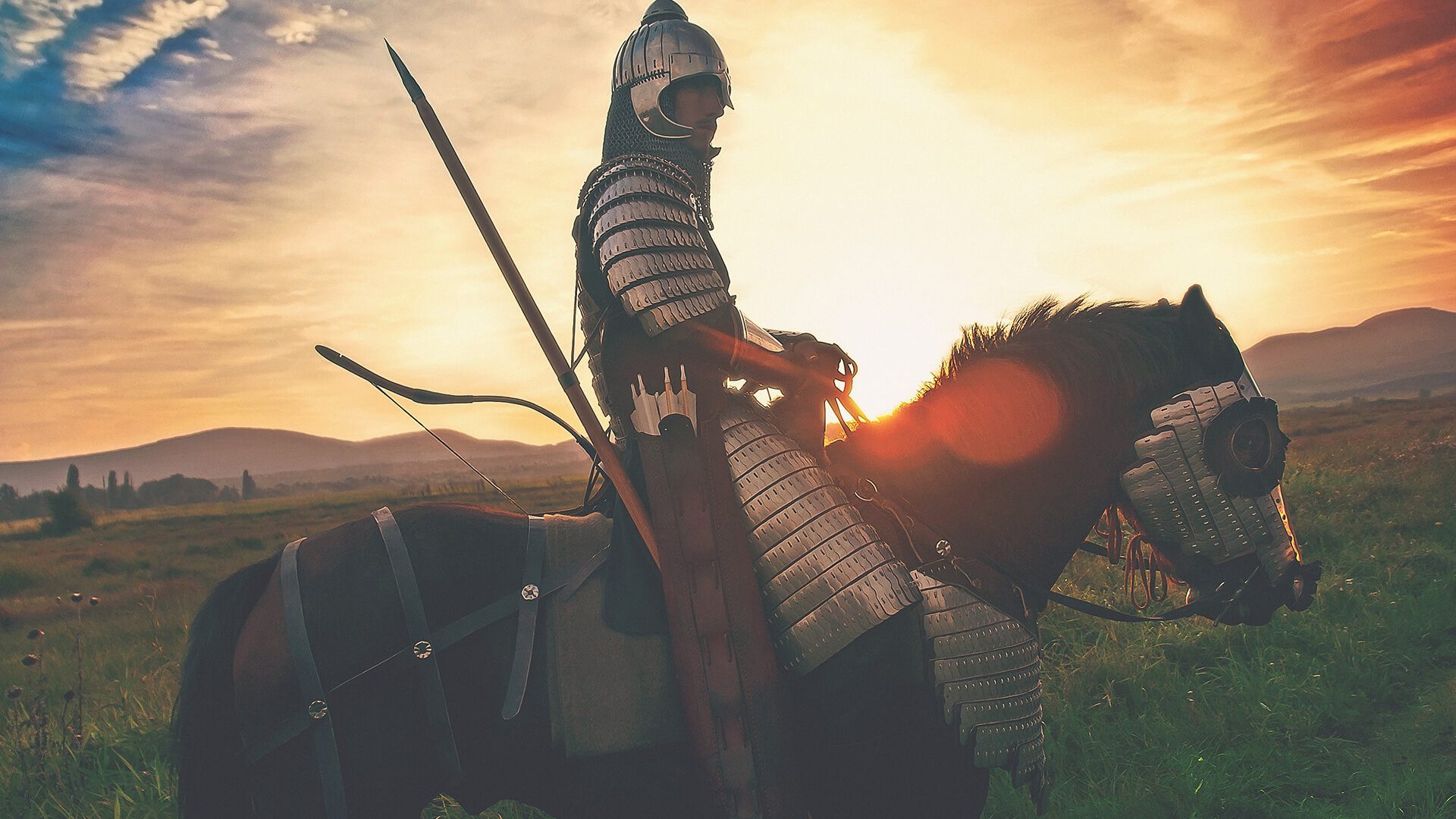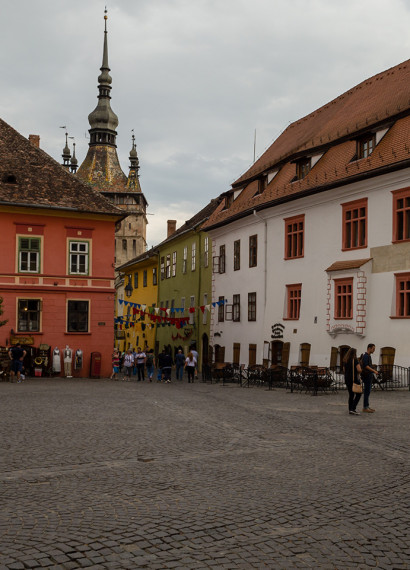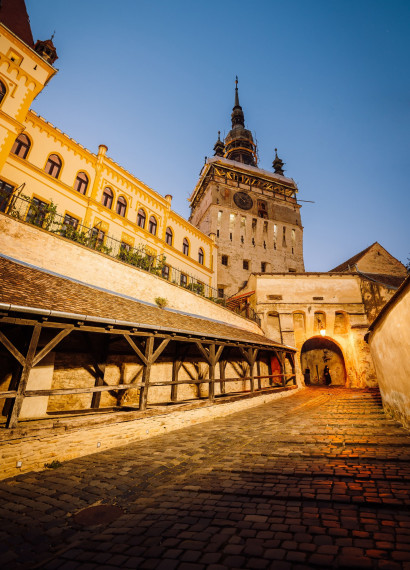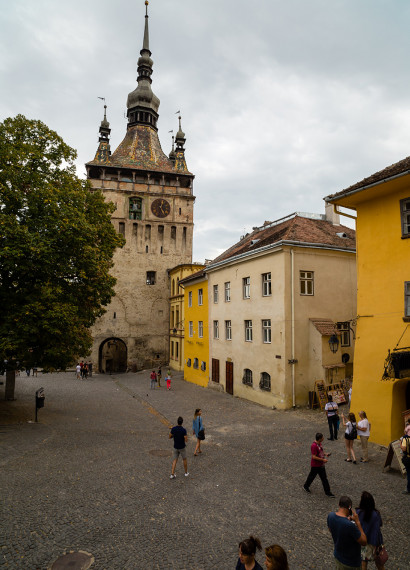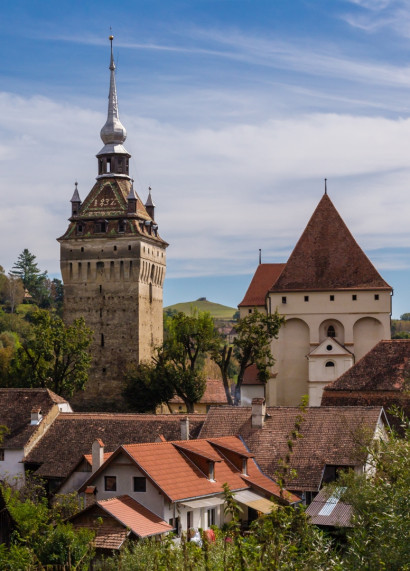Legend of the rider from Apold
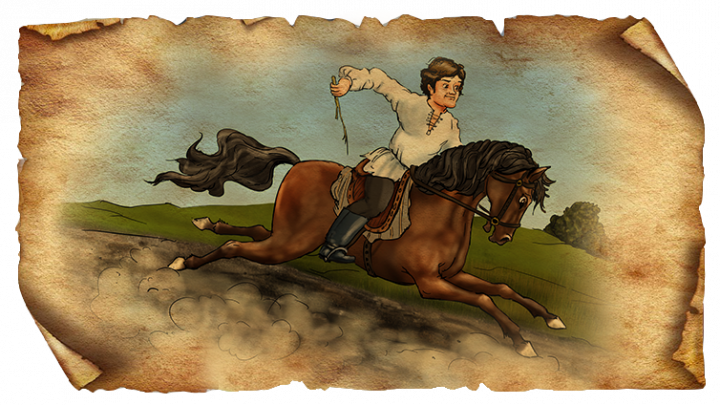
The small village next to Sighisoara is guarded by the fortress church. The village is decorated with beautiful Saxon houses recalling the late Middle Ages and the New Age, which will definitely make visitors stop. The village lies in the valley of the Segesd stream and is not identical with the settlements between Nagyszeben / Sibiu and Szászsebes / Sebeș, Nagyapold / Apoldu de Sus and Kisapold / Apoldu de Jos.
According to the legend, the village was named after a rider centuries ago. The first version of his name was said to be Trapold (it bears the same name in German today), as a rider was on a horse named Old. When he began to rush his horse to gallop, he shouted, "Trapp, Old! Trapp, Old! ”- this is how the small village got its name. However, it is much more likely that the Saxons who moved here from Oppelshausen in Germany called the settlement Apoldia, which shortened over time to its present form.
Apold was famous not only for the origin of its name and the Saxon houses, but also for the Gothic fortified church, which stands on a hill in the middle of the village. In the 13th century a basilica without a tower stood here, and the Saxons built the Gothic church in the 15th century, with a bell tower. The double wall ring and the portholes in it suggest that the facility was used for defense purposes - there are other portholes on the bell tower with wooden circular gallery. The gate tower is called Haferturm, that is the Zabos Tower, the other is called Wisserturm, namely the White Tower, and on the gate the year 1529 can be read. It was renovated even twice in the 17th century, and in 1723 a clock was placed in the bell tower, where a wooden sculpture appears every hour. The organ placed above the altar of the Apoldi Fortress was created by the organ builder Johann Theiss in 1821.
As for accommodation, old Saxon houses in Apold were transformed into pensions and guesthouses - their operators tried to preserve, or even expand, the typical tools, furniture and atmosphere of the old houses. Some houses were damaged over the centuries, even though one feels like moving into this beautiful village.
Especially if you taste the special cottage cheese considered as local specialty, which is served with traditionally cooked eggs and butter by the local people.
If we walk around the walls of the castle or on the streets of Apold, we can see a rider coming, who maybe does not resent if we ask him to encourage his horse in the same way as the rider did according to the legend.
According to the legend, the village was named after a rider centuries ago. The first version of his name was said to be Trapold (it bears the same name in German today), as a rider was on a horse named Old. When he began to rush his horse to gallop, he shouted, "Trapp, Old! Trapp, Old! ”- this is how the small village got its name. However, it is much more likely that the Saxons who moved here from Oppelshausen in Germany called the settlement Apoldia, which shortened over time to its present form.
Apold was famous not only for the origin of its name and the Saxon houses, but also for the Gothic fortified church, which stands on a hill in the middle of the village. In the 13th century a basilica without a tower stood here, and the Saxons built the Gothic church in the 15th century, with a bell tower. The double wall ring and the portholes in it suggest that the facility was used for defense purposes - there are other portholes on the bell tower with wooden circular gallery. The gate tower is called Haferturm, that is the Zabos Tower, the other is called Wisserturm, namely the White Tower, and on the gate the year 1529 can be read. It was renovated even twice in the 17th century, and in 1723 a clock was placed in the bell tower, where a wooden sculpture appears every hour. The organ placed above the altar of the Apoldi Fortress was created by the organ builder Johann Theiss in 1821.
As for accommodation, old Saxon houses in Apold were transformed into pensions and guesthouses - their operators tried to preserve, or even expand, the typical tools, furniture and atmosphere of the old houses. Some houses were damaged over the centuries, even though one feels like moving into this beautiful village.
Especially if you taste the special cottage cheese considered as local specialty, which is served with traditionally cooked eggs and butter by the local people.
If we walk around the walls of the castle or on the streets of Apold, we can see a rider coming, who maybe does not resent if we ask him to encourage his horse in the same way as the rider did according to the legend.
